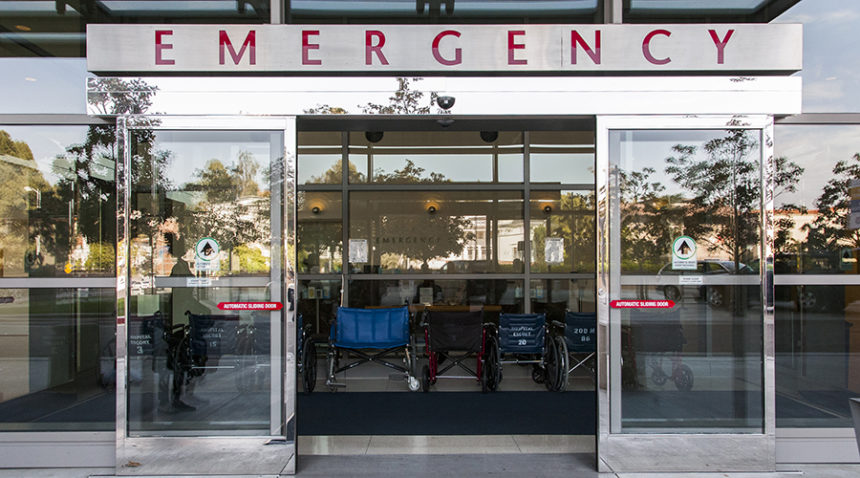If you find yourself in an emergency department waiting on treatment for yourself or a loved one, worry and stress can make the wait seem to pass by slowly. It’s not always easy to tell what’s going on behind the scenes, like who else is there for treatment and how many patients are coming in by ambulance.
Christa Seaman, RN, director of emergency services for UNC Medical Center, breaks down how patients are triaged to receive the care they need in a timely manner.
How Patient Intake Works in the Emergency Department
Patients are sorted according to the most pressing medical needs, making wait times difficult to predict.
“Patients commonly think it’s a first-come, first-served process, but it doesn’t work that way,” Seaman says. “They often ask if they are next in line and what the wait time will be, but we unfortunately can’t tell them that. It all depends on what patients are presenting with and how urgently they need care.”
When a patient checks into the emergency department, they are sorted into five categories ranging from most urgent (level one) to not urgent (level five). This system is called the Emergency Severity Index (ESI) and you may notice your ESI number recorded in your electronic health record, Seaman says.

“Level ones, twos and threes will be seen much faster than level fours and fives. Stomach and abdominal pain is the most common reason people come to the emergency department and those symptoms put you at a level three. Those patients often get frustrated waiting to be seen because they’re in pain, but they can’t see the level ones and twos, like heart attack, strokes and trauma patients who may be coming in the back via ambulance,” Seaman says.
Providers and Nurses Are Working on Your Care, Even If You Can’t Always See It
While you’re in the waiting room, emergency department providers and nurses may already be starting on your care.
“There are providers and nurses who are opening charts and putting in orders before you’re ever taken back. We can do labs and order radiology and imaging while you are waiting. It might feel like nothing is happening with your care, but that’s usually not the case. You can’t always see what’s happening behind the scenes,” Seaman says.
Seaman says the emergency department is usually busiest from lunchtime to 11 p.m. Hospital staff members are doing everything they can during these hours to make sure patients are seen quickly, she says.
Make Sure Your Needs Warrant an Emergency Department Visit
Some patients, especially those in the level four and five categories whose conditions are not life-threatening, could seek treatment at an urgent care clinic, Seaman says. Urgent care is typically more efficient—you wait less time, in general—and less expensive.
Be Kind to Front-Line Healthcare Workers
The physicians and nurses at the hospital want you to receive the highest-quality care as fast as possible, Seaman says.
“If you’re experiencing a long wait time, chances are that it’s beyond your care team’s control,” Seaman says. “We can’t control who comes in to the emergency department on any given day, but we are always hustling to make sure everyone is treated in a timely manner. Try to be kind and remember that your care team is always advocating for you and working their hardest to bring you the highest level of care.”
Need a primary care doctor? Find one near you. Looking for an urgent care? We have urgent care clinics in Wake, Orange, Johnston and Chatham counties. If you need emergency care, UNC Medical Center has a 24-hour pediatric emergency department and an adult emergency department. There are also emergency departments at UNC Hospitals Hillsborough, UNC Rex Hospital and UNC Rex Holly Springs Hospital.

